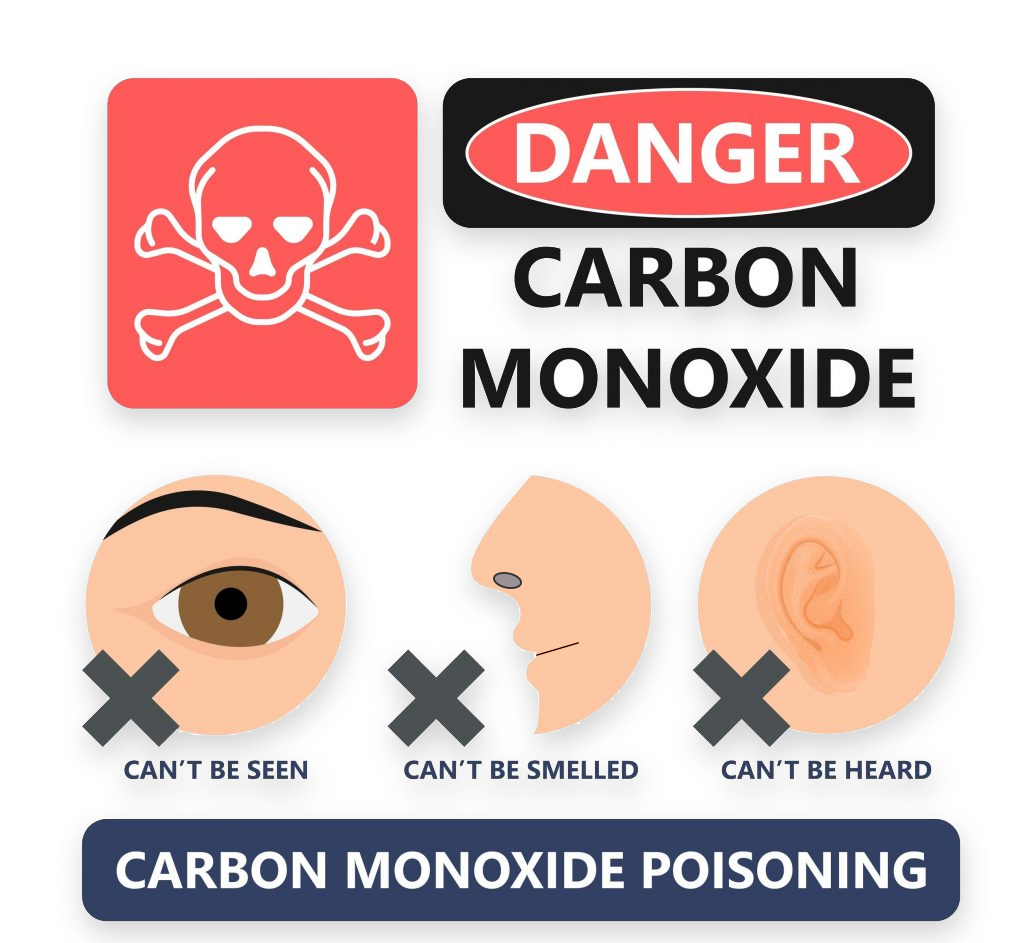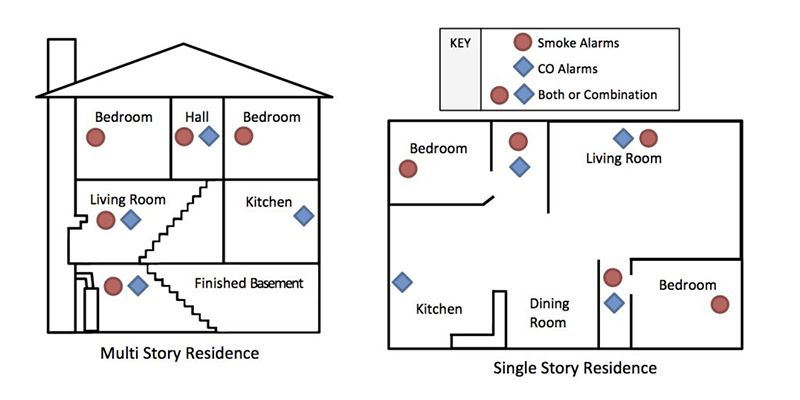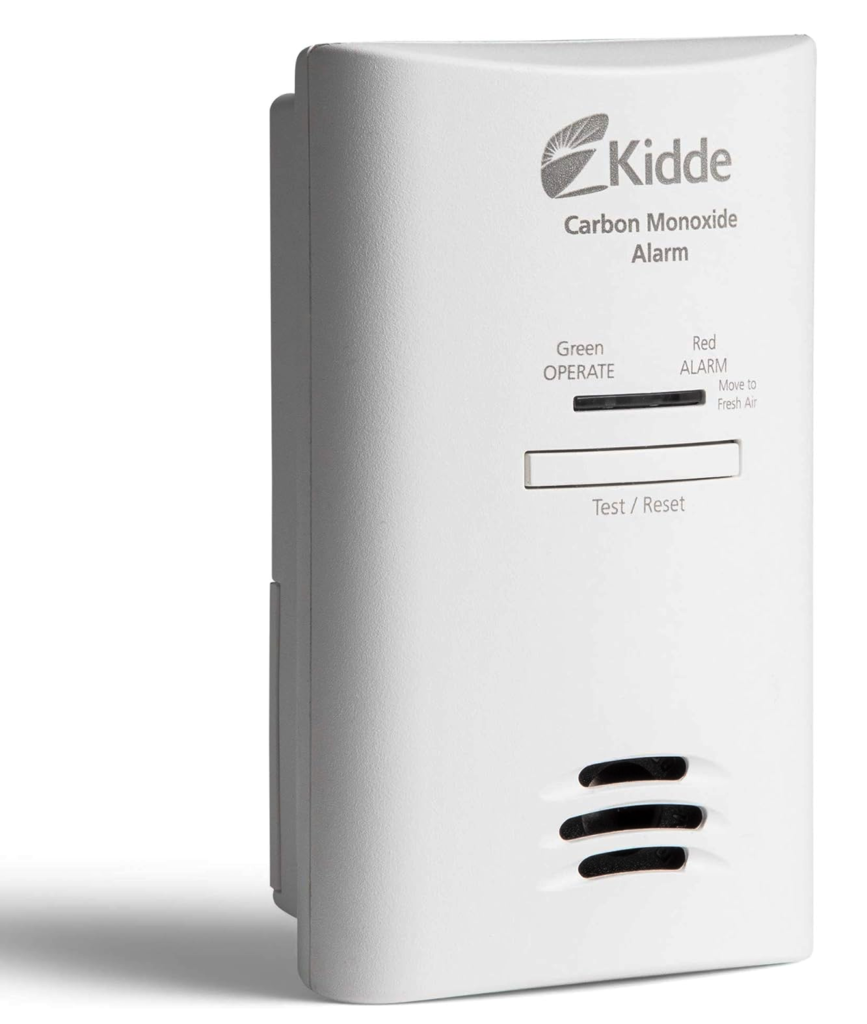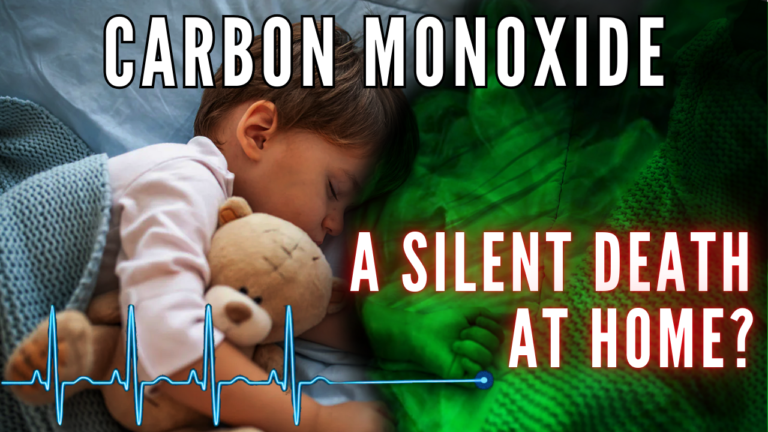Carbon monoxide (CO) is an invisible threat—colorless, odorless, and potentially fatal. As a California homeowner, protecting your family from this hidden danger isn’t just advisable—it’s required by law. The Carbon Monoxide Poisoning Prevention Act of 2010 established clear guidelines to keep you safe.
Understanding the Hidden Threat
Many homeowners mistakenly believe CO detectors are only necessary in homes with gas appliances. However, California law requires detectors in any home with fuel-burning appliances, fireplaces, or attached garages—even if your primary heat source is electric.
Unexpected Sources of Carbon Monoxide
Even in predominantly electric homes, carbon monoxide can infiltrate your living space through:
- Neighboring Units: In condos or townhomes, CO can drift through shared walls or ventilation systems.
- Emergency Equipment: During power outages, improper use of portable generators, gas heaters, or barbecue grills indoors creates dangerous CO buildup.
- Vehicle Exhaust: Starting a car in an attached garage, even briefly, can send deadly CO into your living areas
Warning Signs You Can’t Afford to Miss
CO poisoning symptoms are frequently mistaken for common illnesses. Be alert for these warning signs:
- Persistent headaches
- Sudden dizziness
- Unexplained nausea or vomiting
- Mental confusion or disorientation
- Chest pain or difficulty breathing

In severe cases, extended exposure can lead to unconsciousness or death. Because CO is impossible to detect with human senses, properly installed detectors provide your only reliable warning system.
Essential Detector Placement: Where Safety Begins
Strategic placement of CO detectors dramatically increases your family’s protection. California law mandates specific locations for maximum safety.
Required Placement Locations
Your home must have CO detectors in these key areas:
- Outside Each Sleeping Area: Install detectors in hallways or common spaces near bedrooms. For homes with bedrooms in multiple areas, place a detector near each sleeping zone, and should be closely located ( within 10 feet) of each bedroom door to ensure timely detection and alert occupants to potential dangers.
- On Every Level: Even floors without bedrooms need protection. Include basements, second floors, and living area attic spaces.
- Near Fuel-Burning Appliances: Position detectors near gas stoves, water heaters, fireplaces, or furnaces—but not directly above or beside them to avoid false alarms.

Strategic Additional Placements
Beyond legal requirements, consider these crucial locations:
- Near Attached Garages: Place a detector near entry points where car exhaust might enter your home.
- In Utility Rooms: Areas housing gas dryers, water heaters, or HVAC systems benefit from dedicated monitoring.
- Living Areas: Since families spend significant time in living rooms and home offices, detectors here provide vital protection.
Make sure you have high-quality CO detectors throughout your home, especially if your home is small, since CO can build up quicker than if your home is very large. No matter the size make sure the home is well-covered, well monitored, and well protected!

EXAMPLE OF CO DETECTOR: Kidde Carbon Monoxide Detector, Plug In Wall with AA Battery Backup, Test-Hush Button
(Click on image to see more info)
Placement Mistakes to Avoid
Improper detector placement can compromise your safety. Never install CO detectors:
- Too close to windows or vents where airflow interferes with detection.
- In kitchens or bathrooms where steam and cooking fumes trigger false alarms.
- On ceilings (unless specifically recommended by the manufacturer)—most work best about 5 feet above the floor where CO typically concentrates.
Enhanced Protection: Smart Detector Technology
Modern CO detection systems offer powerful advantages beyond standard alarms.
Benefits of Connected Detectors
Smart CO detectors provide critical safety upgrades:
- Instant Mobile Alerts: Receive immediate notifications on your smartphone if CO levels rise
- Remote Monitoring: Check CO levels in real-time through dedicated apps
- Smart Home Integration: Connect with other safety systems for comprehensive protection
These features prove especially valuable for:
- Families with young children or elderly members
- Vacation property owners
- Frequent travelers
- Rental property managers
Protecting What Matters Most
Proper CO detector placement isn’t just about meeting legal requirements—it’s about safeguarding your family’s well-being. By strategically positioning detectors throughout your home and embracing smart technology, you create multiple layers of protection against this invisible threat.
Taking action today creates peace of mind tomorrow, ensuring your home remains a safe haven for everyone who matters most to you.
As your local real estate agent in Irvine, Newport Beach, and of Orange County, I specialize in using digital and modern marketing strategies to showcase homes as a listing agent to my sellers. I put in the work to create engaging content, promote listings with strategic social media campaigns, and ensure properties get the exposure they deserve.

Hiring me means choosing a dedicated representation that can give your home a powerful online presence, attracting serious buyers and working toward securing the best possible offers!
Let’s talk about what we can do together.
For you.
For your family.
REFERENCES:
Carbon Monoxide Poisoning Prevention Act of 2010 (Senate Bill 183)
California Legislative Information – SB 183
California Health and Safety Code § 17926
California Health and Safety Code § 17926
California Building Standards Code (Title 24, Part 2, Chapter 9, Section 915)
California Building Standards Code
California Residential Code (CRC) R315 – Carbon Monoxide Alarm Requirements
California Residential Code – R315
California Civil Code § 1941.1
California Civil Code § 1941.1
California Department of Forestry and Fire Protection (CAL FIRE) – Carbon Monoxide Safety Guide.
CAL FIRE – Carbon Monoxide Safety
California Department of Housing and Community
California HCD – Carbon Monoxide Safety




